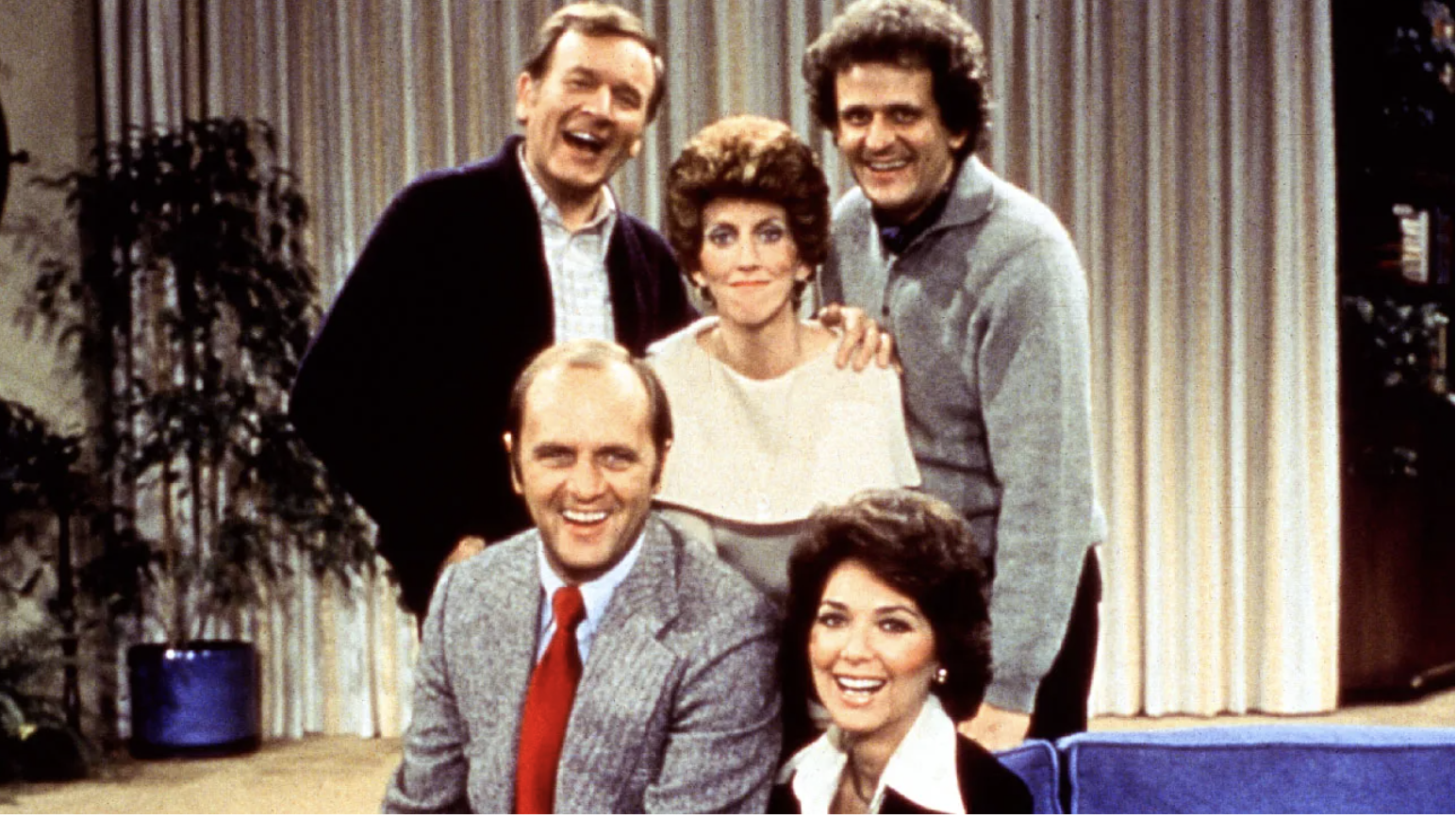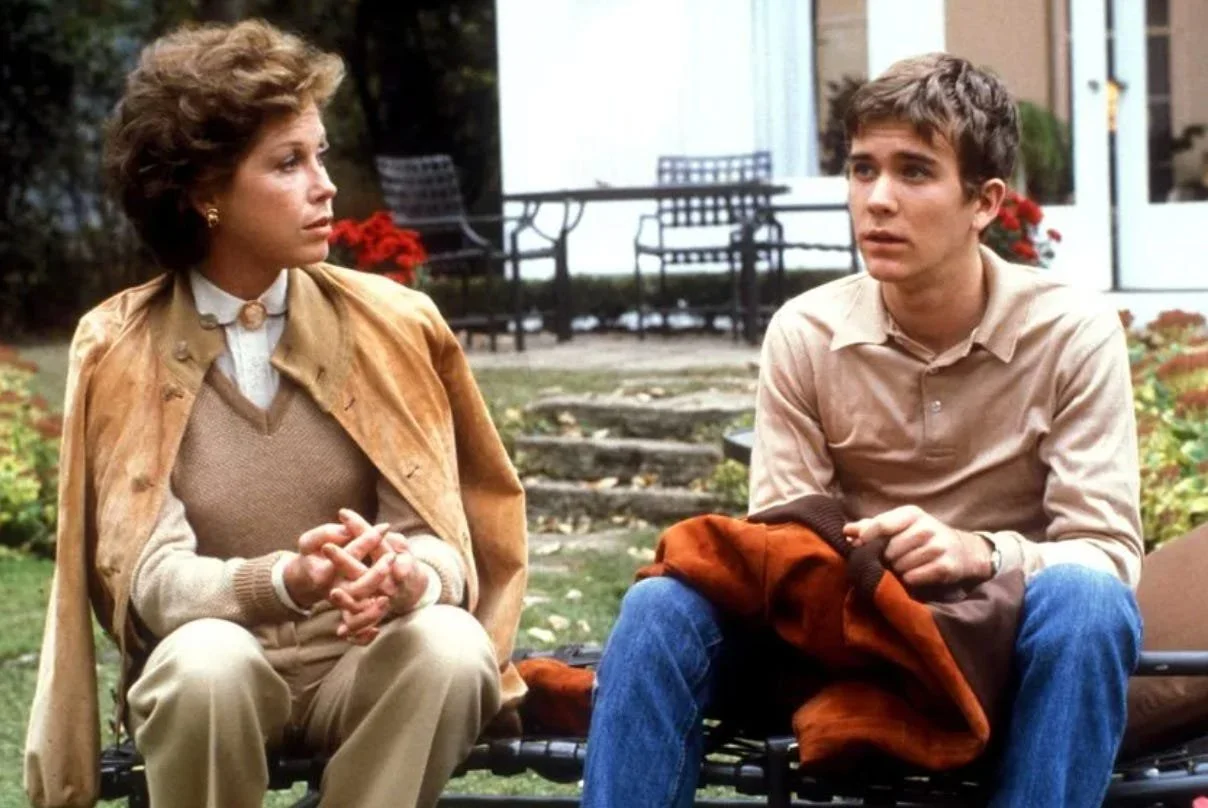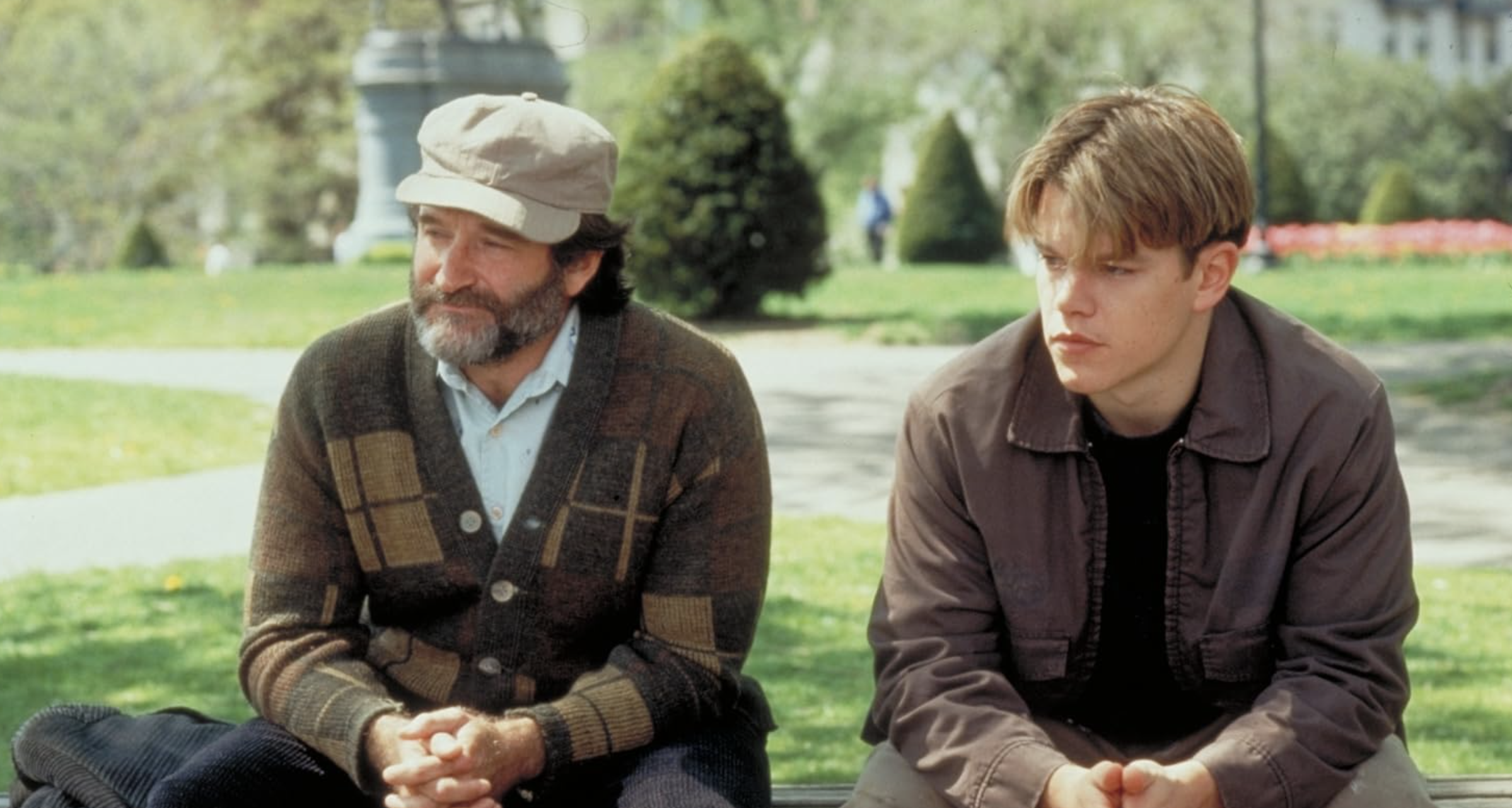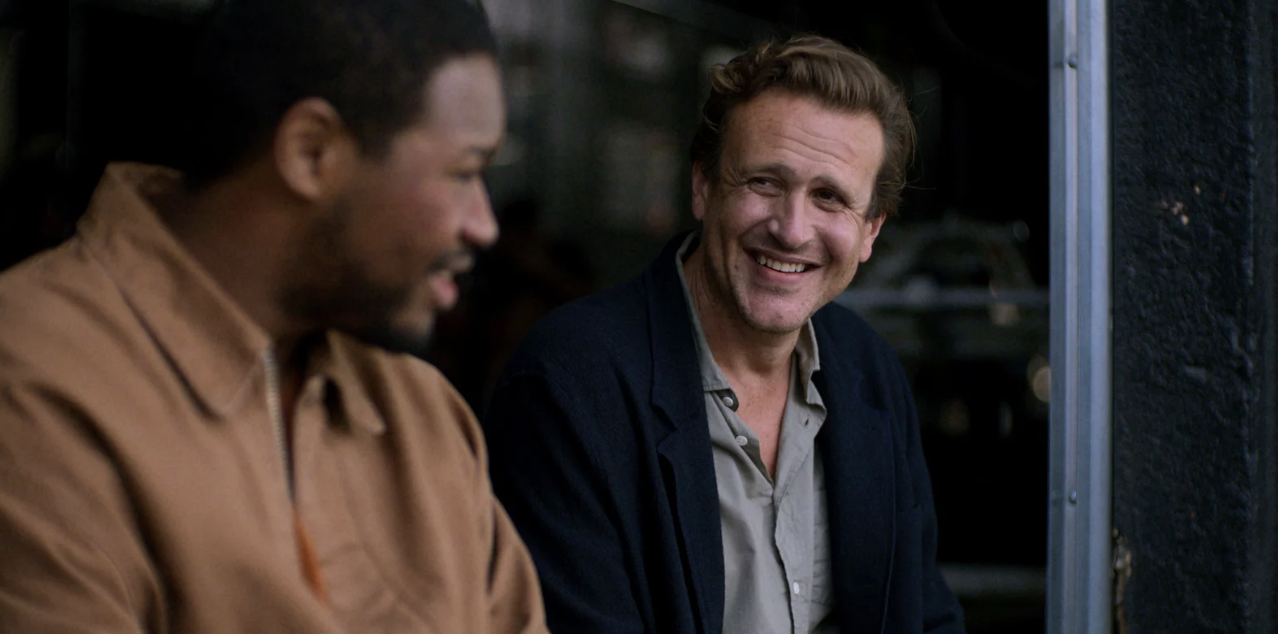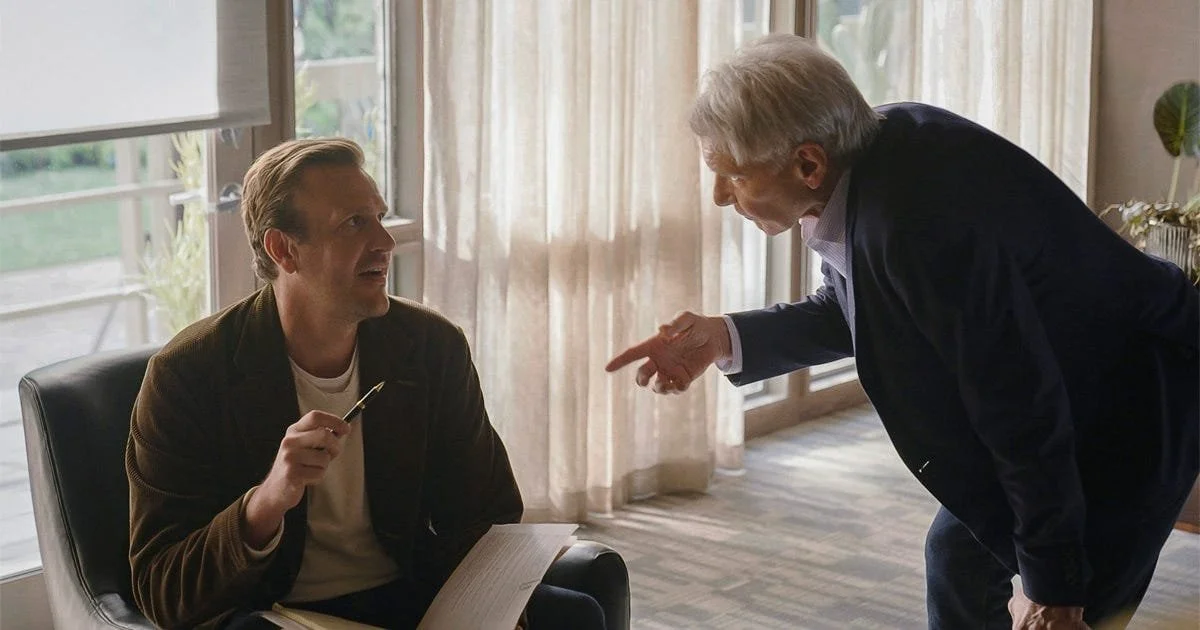I’ve been thinking about Shrinking.
The cast of The Bob Newhart Show ©CBS
Psychotherapy and psychotherapists have made for great movie and television entertainment, but they're mostly lousy depictions of what real therapy is like.
My first experience of television psychotherapy was The Bob Newhart Show, in which Newhart as the group therapist and Eliot Carlin and his band of wackos in the group turned therapy into several seasons of belly-laughs. Later, Kelsey Grammar’s Frasier made therapy more sophisticated but no less hilarious. Then Tony Soprano spent six seasons in therapy with Dr. Jennifer Melfi, who continued to see him without reporting that he was a murderer who oversaw a fraudulent business empire. She also did nothing to harness his violent character.
I watched them all, enjoyed them all, but realized early on that this is entertainment and not what therapy is like. Two standout exceptions to these caricatures, though, captured something authentic about my experience as a longtime client and a therapist for forty-five years.
BECOME A FREE SUBSCRIBER TO I’VE BEEN THINKING
Mary Tyler Moore and Timothy Hutton in Ordinary People (1980), ©Paramount Pictures
I was in therapy when I saw the 1980's film Ordinary People. Timothy Hutton's character is the teenage son of a couple whose destructive marriage drives him to the edge of despair and suicide. He is rescued by the tender, strong therapeutic guidance of his psychiatrist. This therapy feels like the real thing: like the therapist I was working with at the time, this very smart, empathetic psychiatrist saw both the strong character and the deep pain in his young client. The on-screen relationship I watched was very reminiscent of my own relationship with my therapist, and I saw healing occur similar to what I was experiencing in my own life.
Robin Williams and Matt Damon in Good Will Hunting (1997), @ Miramax Pictures
Robin Williams’ therapist role in the 1997 film Good Will Hunting exemplifies what I want to give to my clients as a therapist. Will was an early-twenties mess, and it took several sessions for William’s character to draw him into conversations about the reality of his childhood. I cried out loud when, in a therapy session near the end of the movie, Williams puts his arms on Will’s shoulders and, referring to the fact that his father brutally beat him, says It’s not your fault, Will. It’s not your fault. Even as Will tries to push him away, Williams persists: It’s not your fault, Will. It’s not your fault, until Will collapses in tears on his shoulder. I’m sure my response rose up from memories of my father slapping me around until I was almost Will’s age. There are few such dramatic moments in my own decades as a client or in my years as a therapist, but when these moments come, Williams’ profound empathy is the model for how I hope to respond.
Two of several contemporary examples that are closer to the actual work of therapy are Couples Therapy on Showtime and Where Should We Begin with Esther Perel (a podcast). Both focus less on the dramatic arcs of therapists or clients but stay in the messy, confusing work that is at the center of most effective therapy.
Luke Tennie and Jason Segel in Shrinking, @Apple TV
I’m now asked by clients and friends about the latest widely seen therapy media experience. The show is Shrinking, and having watched two full seasons of it and awaiting a third, I have every reason to be drawn to it. It’s about psychotherapists, which is what I do for a living. It’s about a team of therapists who practice together, as I do with my four colleagues. It’s set in Pasadena, California, where I live and work, and much of the action takes place in coffee shops and local parks in our neighborhood, and on Pasadena’s main thoroughfare, Colorado Boulevard, where my office is.
Three therapists share a practice: Paul (Harrison Ford), who is aging, cranky, and in the early stages of Parkinson’s disease; Jimmy (Jason Segel), whom Paul mentors with little success in controlling Jimmy’s impulses or helping him work through his grief from the death of his wife, which happens in the first episode; and Gaby (Jessica Williams), who has an impulsive affair with Jimmy, a raucous relationship with other lovers, and loud and contentious relationships with her mother and sister. Paul has a fractious relationship with his grown daughter stemming from his divorce from her mother, and a new and seemingly sane relationship with a woman near his age. Jimmy, who unethically befriends his clients outside their therapy relationship, convinces Paul that he too should walk across this boundary, which he does. All of this means that the therapy scenes are adjacent to but not as central as the chaos that invades the professional and personal lives of the therapists. It’s nothing like the practice I share with my colleagues. I remind myself that Shrinking is a television comedy, not a documentary on proper psychotherapy. It is entertainment, not education; something to sit back and enjoy, not something to take notes on to improve my professional practice. It’s fun, funny, insistently exasperating, but not high-quality therapy.
Jason Segel and Harrison Ford in Shrinking, © Apple TV.
My own practice is remarkably different. My purpose is to help the person in front of me understand the deepest truths about who they are and why they behave as they do, and to stay close to this person’s emerging self-awareness as they learn to manage their lives more successfully. Though each client is unique, I’ve learned over forty years to rely on a few basic strategies that give me the best chance of helping them understand and navigate their lives.
In our initial session I want my client to experience two things: empathy and hope. In my first session with "Sharon," I could tell immediately that she was very anxious. Listening to her was like trying to drink from a fire hydrant - just torrents of events and disappointments, without any direct acknowledgement of her feelings. I was listening for the feelings that were behind her stories, whether sadness or anger or fear or shame. Midway through our second session, I interrupted her torrent to ask if what she was feeling was, perhaps, loneliness. She stopped talking. After a silence, she said, "It's very difficult at sixty years old to make new friends." Now our conversation could be about her feelings, not just her firehose of information. I strive for this initial empathy, to set the tone for all the conversations that follow.
I want Sharon to leave these first few hours with at least a bit of hope. I’m not precisely an optimist: I’ve seen too much unresolved conflict and pain to believe that, eventually, healing happens and happiness comes back to life. But I am a hopeful person: I believe that whatever we learn about ourselves and whatever we confront in our personal and public worlds, we can create meaning for ourselves. I want Sharon to share in this hope that I can help her.
I begin slowly. I listen way more than I speak. In our first sessions, "Arnold" seemed reluctant to tell me his story. He would give me details about himself and his family, would describe his work world, but all without feeling. If Sharon was a firehose, Arnold was a terse reciter of facts. I wondered, without asking him, what kept him from disclosing whatever truth he seemed to be guarding.
About a month into our weekly sessions, I had to make a decision: would I encroach on Arnold's reticence at the risk of shutting him down even more? I had to weigh how fragile I thought Arnold was. If I push too hard too quickly, which has happened occasionally, it’s like I’m piling on the pain, increasing the damage, and giving this person good reason to never return. I decided to risk it - I asked Arnold why he seemed cautious about sharing more personal things. He took a deep breath, and over the course of several minutes, told me about his recent painful divorce and the ways his ex-wife had attacked his character and spread rumors about him. He was afraid that disclosing personal information to anyone ran the risk of opening him up to the same kind of attack in the future.
Years of practice have taught me not to predict how any person or couple or family will respond to therapy. I used to be confident that I could tell in two or three sessions if they’d stick with therapy. It took three months for "Ed" to convince his wife "Lois" to join him in sessions with me to try and save their marriage. They had both been unfaithful at various points, and I privately thought there was little hope of salvaging the relationship. Lois agreed - she said, "I think this marriage has a zero percent chance of succeding."
But over the course of several years, they began to speak honestly with each other about their disappointments with one another, and in themselves. They built a new relationship in the rubble of their old one, where they could say directly to the other person what had been impossible to say before. Whether a marriage succeeds or fails, whether a teenager’s parents find the grace to give their child room to breathe freely, whether an individual can overcome their own blocks - I am bad at guessing. I have been wrong often enough that I’ve learned to adopt a more humble posture: let’s work hard and see what happens.
Therapy like this is hardly the comedic fun of Bob Newhart or Frasier, and rarely does it introduce us to Tony Soprano. Most of the time it’s the grinding out of bits and pieces of reality that have been stored in someone's deep painful core, that need to be mined up and out of that dark place. But it is also true that when two of us have been at this for a while and know we can trust one another, it can be fun and sometimes very funny. I can laugh at how wrong I was about my guess at the source of their sadness, and they can laugh at something they kept hidden for fear I would be either offended or hurt that they didn’t share this bit of shame, when in fact it was a piece of them that lit another match. Even when it hits a funny bone, therapy is serious work, and it remains our mutual responsibility to stay focused on our clients' increasing self-awareness and their ability to manage their lives more successfully.

